Indianapolis, the capital city of the U.S. state of Indiana, boasts a diverse and evolving architectural landscape that reflects its rich history and its status as a major Midwestern city. The city’s architecture features a mix of styles from different time periods, including historic landmarks, modern skyscrapers, and a growing emphasis on sustainability and urban renewal.
- Historic Architecture: Indianapolis has preserved and celebrated many of its historic buildings and neighborhoods. The city’s downtown area includes well-preserved historic districts such as Lockerbie Square and Old Northside, where you can find beautifully restored Victorian and Federal-style homes. The Indiana Statehouse, constructed in 1888, is an iconic example of neoclassical architecture and serves as the center of Indiana’s government.
- Skyscrapers: The downtown area of Indianapolis has a growing skyline with modern skyscrapers. The Salesforce Tower, completed in 2017, is the tallest building in the state and is a striking glass-clad high-rise. Another prominent skyscraper is the JW Marriott Indianapolis, a modern and visually impressive hotel and convention center.
- Cultural and Civic Buildings: Indianapolis features several architecturally significant civic and cultural institutions. The Indianapolis Museum of Art, now known as Newfields, has a diverse architectural style, including the historic Oldfields estate and the contemporary Efroymson Family Entrance Pavilion. The Indiana World War Memorial Plaza, designed in the neoclassical style, is a grand tribute to veterans and a beautiful example of Beaux-Arts architecture.
- Sports Facilities: Indianapolis is known for its sports culture, and its architecture reflects this passion. The Lucas Oil Stadium, home to the NFL’s Indianapolis Colts, is a modern and imposing structure with a retractable roof. The Indianapolis Motor Speedway, home to the famous Indy 500 race, has historic stands and facilities mixed with more recent renovations and structures.
- Modern and Sustainable Design: In recent years, there has been a growing emphasis on modern and sustainable architecture in Indianapolis. New buildings often incorporate green design principles, and the city has seen the construction of LEED-certified structures. The Cummins Distribution Headquarters, for instance, is a striking example of modern sustainable design.
- Cultural Districts: Neighborhoods such as Mass Ave (Massachusetts Avenue) and Fountain Square have become hubs for arts and culture. They feature a mix of renovated historic buildings and new, creative architectural designs. These areas showcase the city’s dedication to fostering creativity and individuality.
- Monuments and Public Art: Indianapolis is home to several monuments and public art installations, including the Soldiers’ and Sailors’ Monument at Monument Circle. This iconic neoclassical monument stands in the heart of downtown and is a popular gathering place for events and festivals.
Indianapolis’ architecture is a dynamic blend of the old and the new, reflecting the city’s history, cultural diversity, and its commitment to sustainable development. Whether you’re interested in historic buildings, modern skyscrapers, or creative neighborhoods, Indianapolis offers a diverse range of architectural experiences.

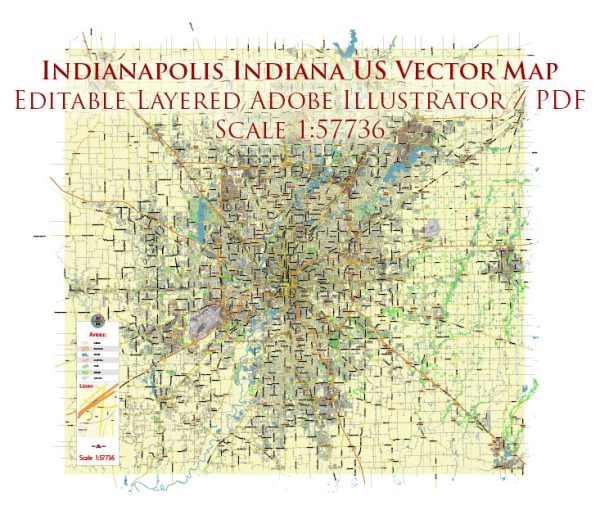
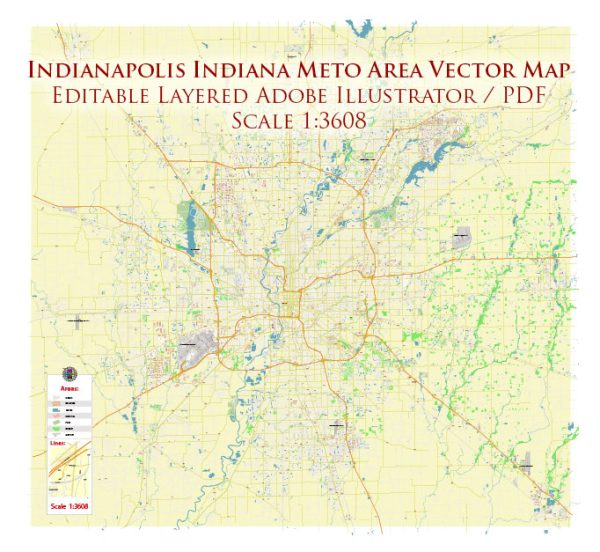
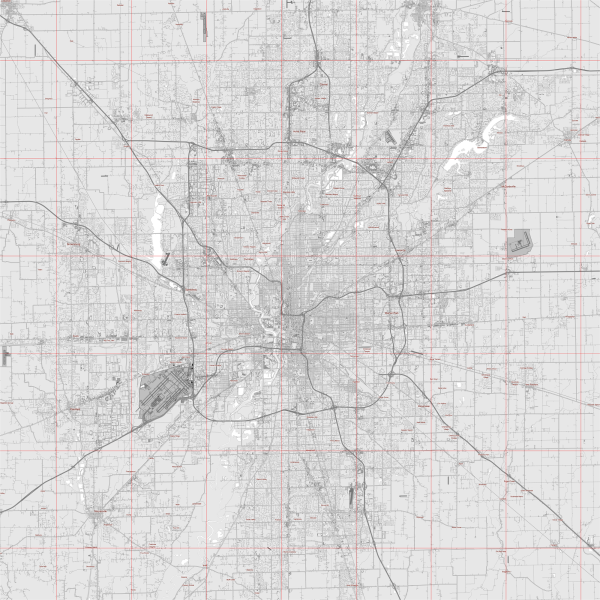
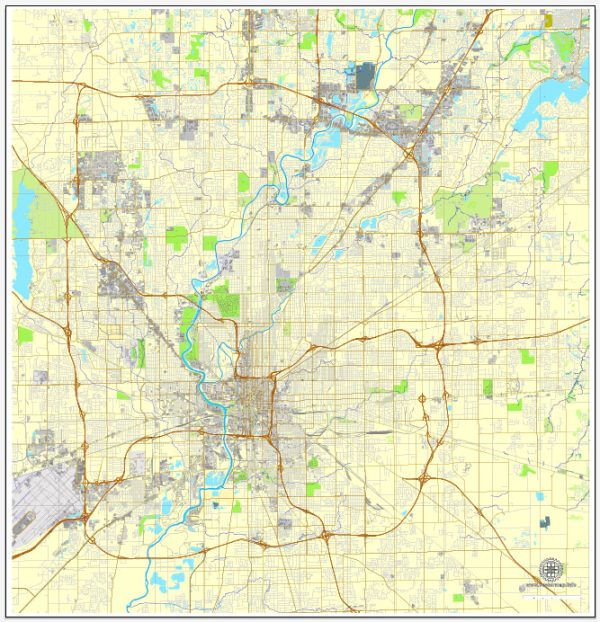
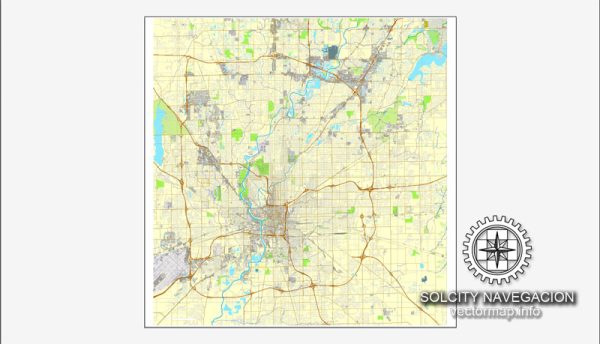
 Author: Kirill Shrayber, Ph.D.
Author: Kirill Shrayber, Ph.D.